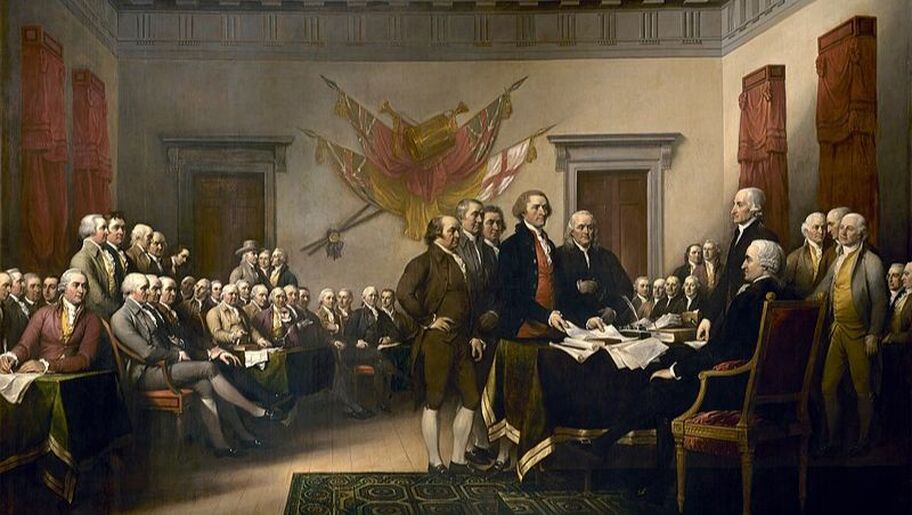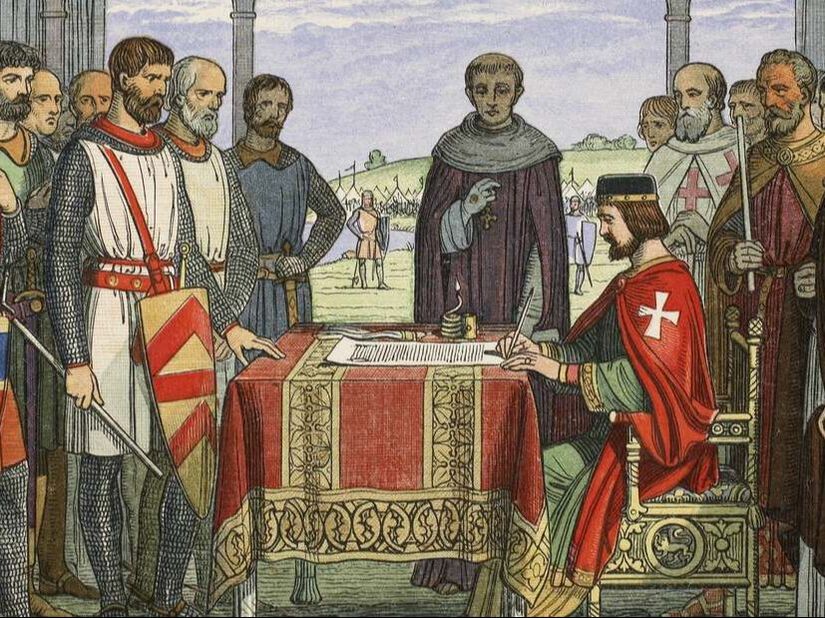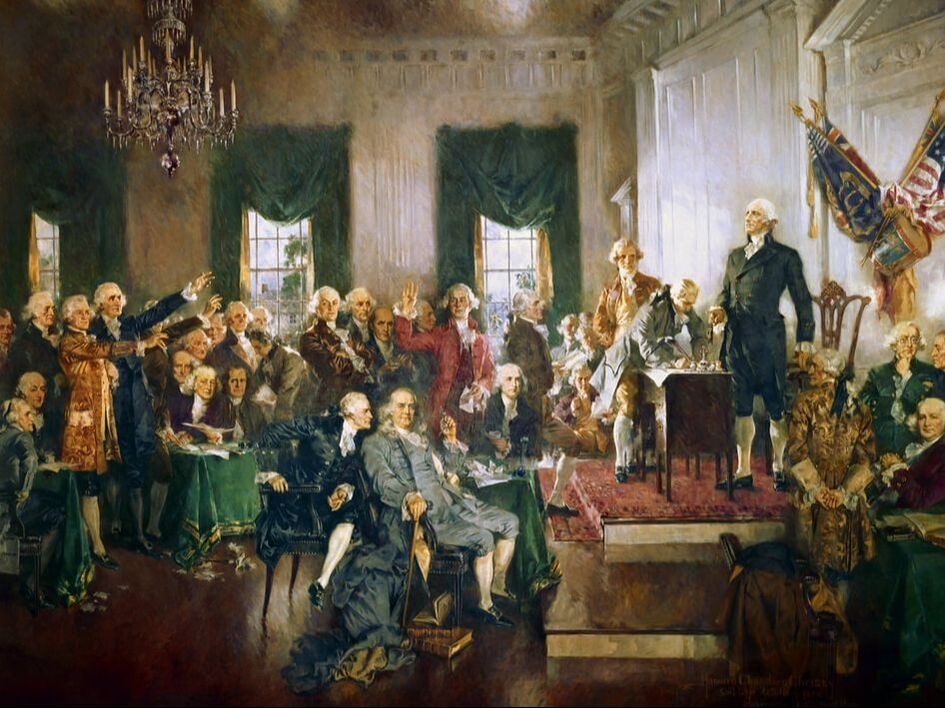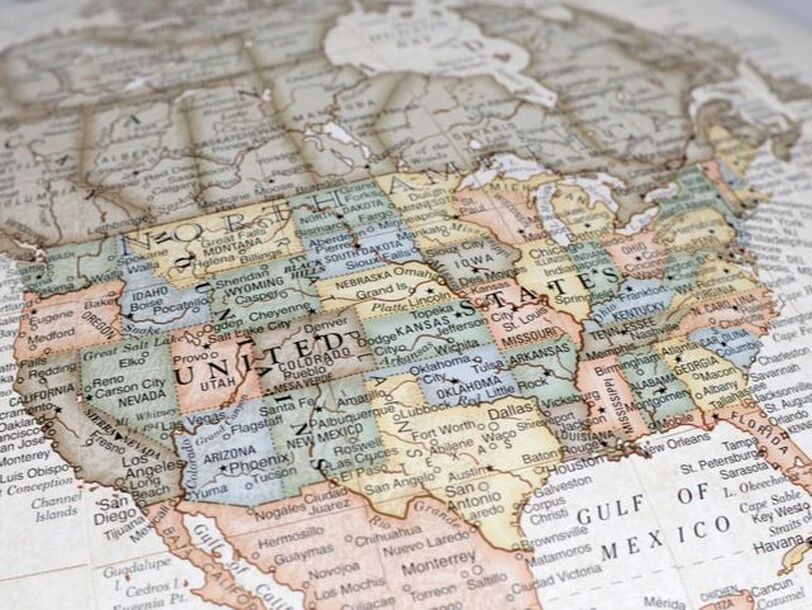LESSON 1: THE IDEALS OF DEMOCRACY
|
We will explain the ideas trace the history of the British constitutional system, & we will analyze its influence on the development of American political thought.
Class Materials:
|
LESSON 2: THE U.S. CONSTITUTION
|
We will explain how the U.S. Constitution emerged from the debate about the weaknesses in the Articles of Confederation as a blueprint for limited government.
Class Materials:
|
LESSON 3: AMERICAN FEDERALISM
|
We will explain how federalism reflects the dynamic distribution of power between national and state governments.
Class Materials:
|
CONNECT WITH ANGELA
I love sharing my lesson creations with other teachers on Facebook, Twitter, and my website.
It brings me so much joy to pass on all that I have learned from others over the years.
If you are feeling generous and would like to buy me coffee, that will keep me energized to continue creating and sharing.
It brings me so much joy to pass on all that I have learned from others over the years.
If you are feeling generous and would like to buy me coffee, that will keep me energized to continue creating and sharing.




